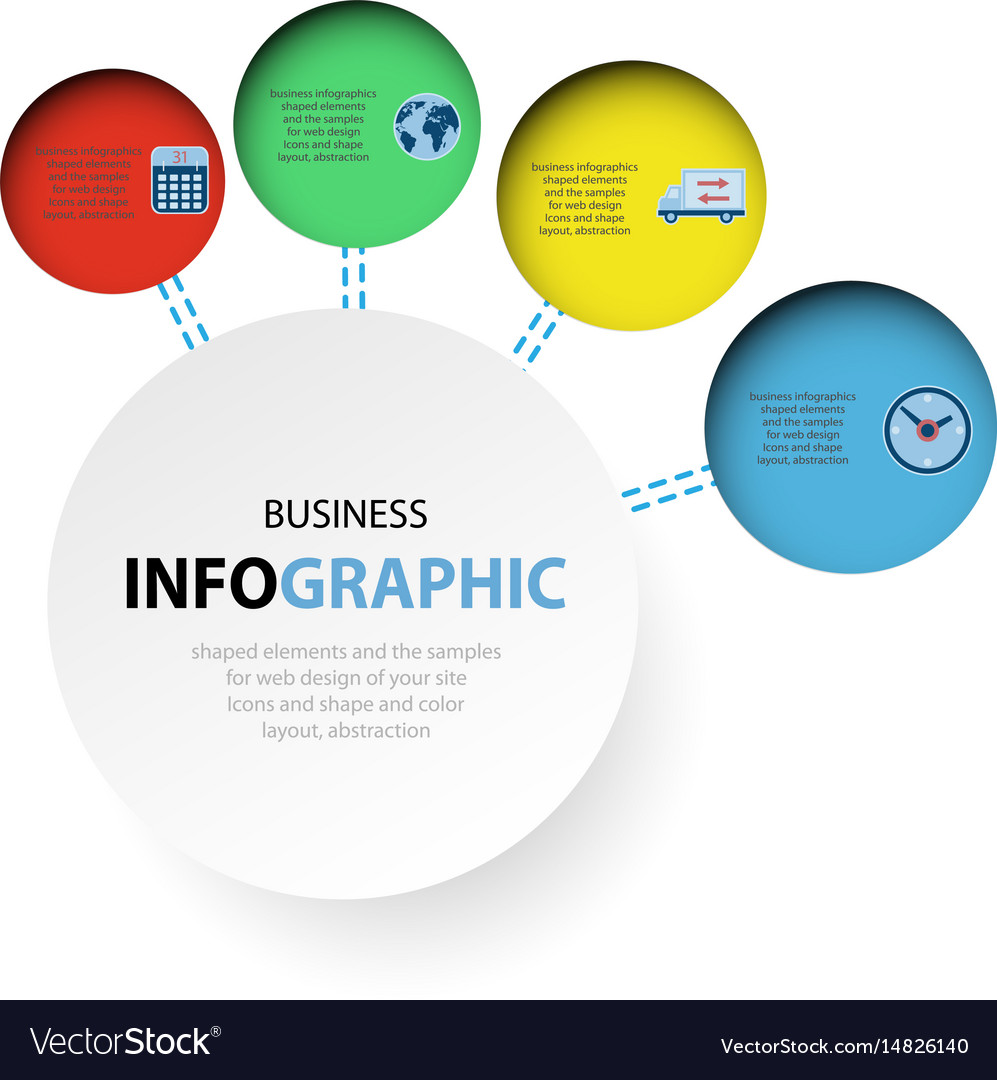The Advancement Of Web Design: Then And Currently
The Advancement Of Web Design: Then And Currently
Blog Article
Content Author-Thorsen Lunde
In the past, internet sites were basic and concentrated on information. Navigating was direct, and style was for desktop computers. Now, customer experience is vital. Data overviews styles for very easy navigation. Receptive designs fit various tools. Today, dark mode lowers stress, and minimal menus improve navigation. Interactive functions engage customers, and bold visuals stand apart. AI combination enhances involvement. See just how layout has progressed to enhance your on-line journey.
Very Early Days of Web Design
In the very early days of website design, simplicity preponderated. Web sites were standard, with minimal colors, typefaces, and formats. The focus was on offering info instead of showy visuals. Users accessed the web through sluggish dial-up links, so speed and functionality were vital.
Navigating food selections were straightforward, usually situated at the top or side of the web page. Web sites were made for desktop computers, as mobile surfing had not been yet common. Material was king, and developers prioritized very easy readability over complicated design elements.
HTML was the main coding language utilized, and designers had to function within its restraints. Computer animations and interactive features were marginal compared to today's criteria. https://www.searchenginejournal.com/instagram-carousel-tips/429880/ were static, with little vibrant web content or customized customer experiences.
Increase of User-Focused Layout
With the evolution of website layout, a change in the direction of user-focused layout concepts has actually become increasingly noticeable. Today, creating websites that focus on customer experience is critical for involving site visitors and accomplishing service goals. User-focused style involves understanding the needs, preferences, and behaviors of your target market to customize the site's design, web content, and features accordingly.
Designers now conduct detailed study, such as user surveys and functionality testing, to collect insights and comments directly from customers. This data-driven method helps in developing instinctive navigating, clear calls-to-action, and aesthetically attractive interfaces that resonate with site visitors. By putting the user at the facility of the design process, websites can provide a more individualized and enjoyable experience.
Responsive style has actually additionally become a vital element of user-focused design, making sure that sites are enhanced for various gadgets and display dimensions. This flexibility boosts ease of access and functionality, satisfying the varied means customers connect with web sites today. In essence, the increase of user-focused design indicates a shift towards producing digital experiences that prioritize the demands and expectations of the end individual.
Modern Trends in Web Design
Explore the most recent trends shaping web design today. One famous pattern is dark setting design, supplying a smooth and modern-day appearance while minimizing eye pressure in low-light settings. One more essential pattern is minimal navigating, simplifying food selections and enhancing user experience by concentrating on essential elements. Integrating micro-interactions, such as animated switches or scrolling impacts, can create an extra engaging and interactive site. Receptive design stays essential, ensuring smooth customer experiences across different devices. Furthermore, using strong typography and asymmetrical designs can include visual passion and accentuate specific content.
Integrating AI technology, like chatbots for client assistance or tailored recommendations, boosts user engagement and enhances processes. Ease of mouse click the next webpage has additionally become a substantial pattern, with designers prioritizing inclusive design techniques to satisfy varied user needs. Welcoming sustainability by maximizing site performance for rate and efficiency is an additional emerging trend in website design. Working together with individual comments and data analytics to iterate and boost style constantly is vital for remaining appropriate in the ever-evolving electronic landscape. By embracing these modern fads, you can produce a visually attractive, user-friendly site that resonates with your target market.
Conclusion
As you review the advancement of web site layout from the early days to currently, you can see just how user-focused design has actually ended up being the driving force behind modern patterns.
Embrace the journey of modification and adjustment in web design, constantly maintaining the individual experience at the center.
Tippingpointdigital
Stay current with the latest fads and technologies, and never stop developing your technique to produce aesthetically sensational and straightforward internet sites.
Advance, adapt, and produce - the future of website design remains in your hands.
